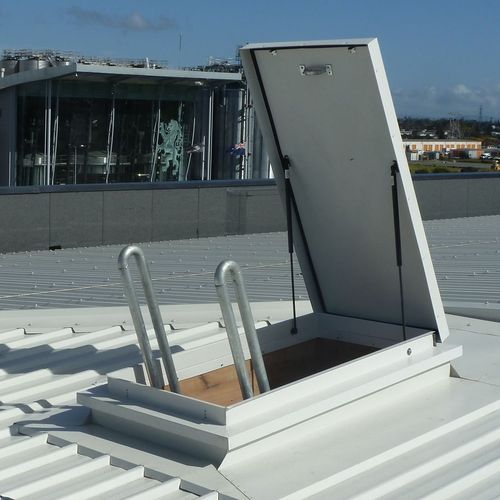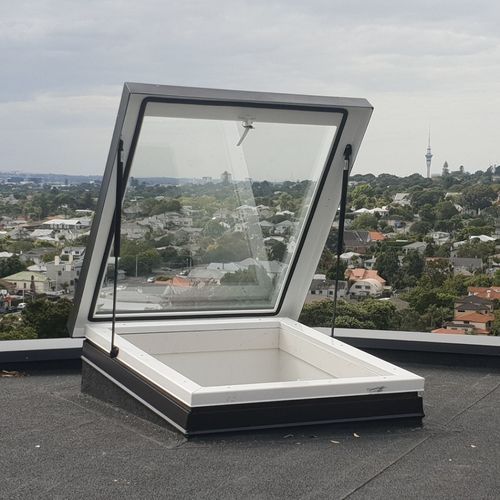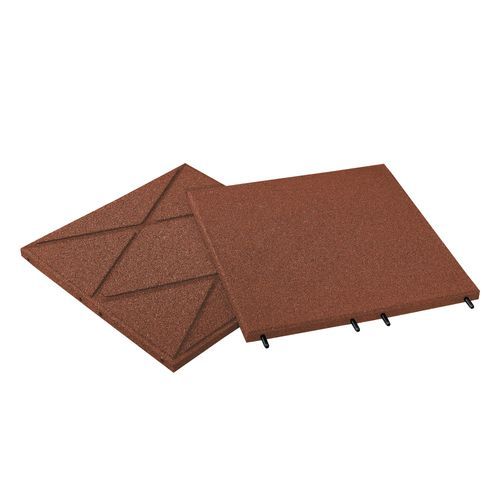Roof Access
- Roof access hatches primarily serve as convenient and safe passage to the roof in residential and commercial buildings. With the help of roof ladders, homeowners and maintenance people can access the top for repairs. However, their value is only realized when installing or removing large equipment out or into the building. Visit ArchiPro and find the perfect ceiling hatches for homes or shops!Why ArchiPro?
No more endless searching -
Everything you need, all in one place.Real projects, real experts -
Work with vetted architects, designers, and suppliers.Designed for New Zealand -
Projects, products, and professionals that meet local standards.From inspiration to reality -
Find your style and connect with the experts behind it.Start your Project
Start you project with a free account to unlock features designed to help you simplify your building project.
Learn MoreBecome a Pro
Showcase your business on ArchiPro and join industry leading brands showcasing their products and expertise.
Learn More




